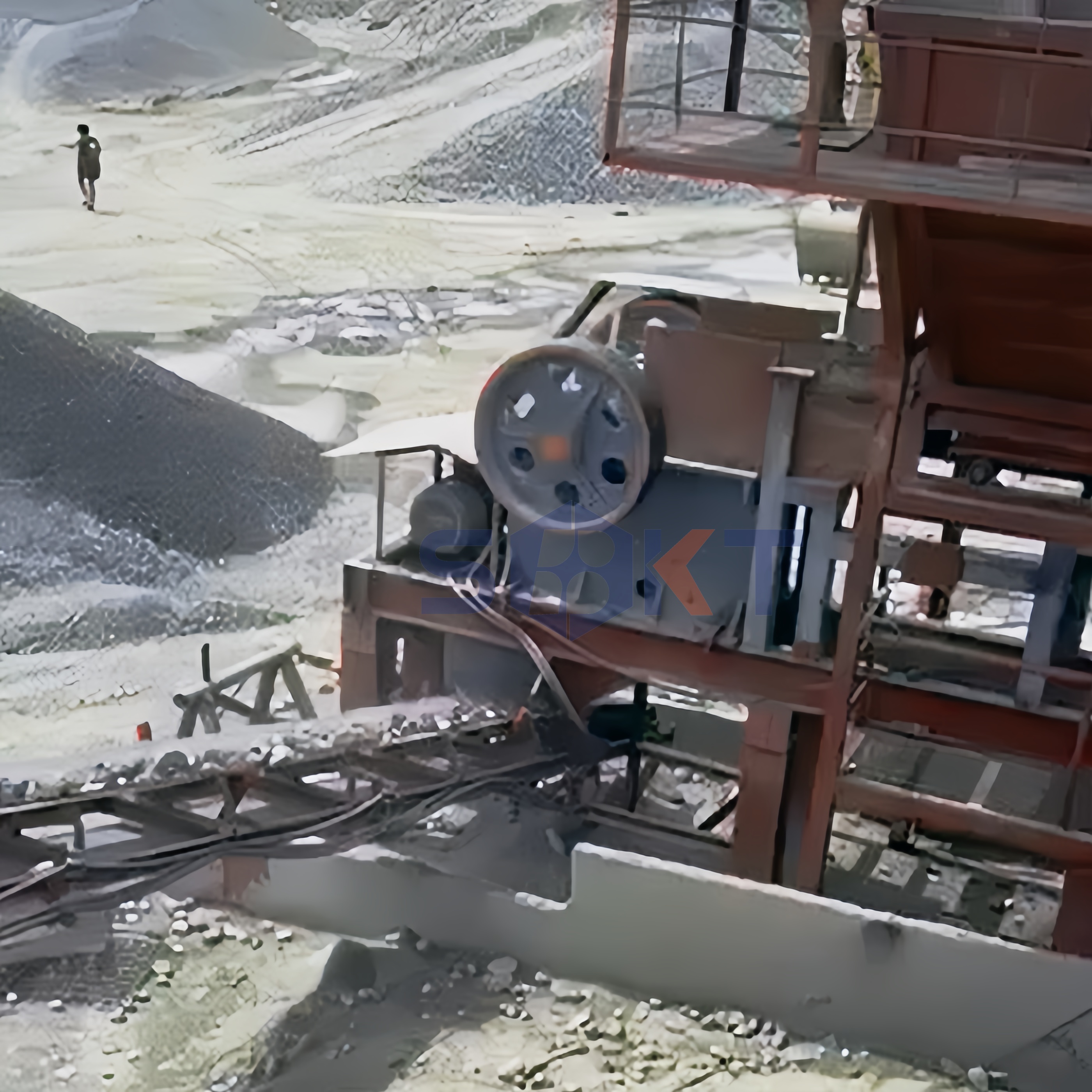The basic structure and working principle of jaw crusher
Jaw crushers consist of a moving jaw, fixed jaw, eccentric shaft, toggle plate, and frame. During operation, the eccentric shaft drives the moving jaw in reciprocating motion, and the V-shaped crushing chamber formed with the fixed jaw crushes materials through extrusion and splitting. This equipment is suitable for ores with compressive strength below 300MPa, such as granite and limestone, mainly used in the primary crushing stage.
Key parameters for choosing jaw crusher:
– Feed opening size: Expressed as length × width, e.g., PE600×900 can accommodate materials up to 500mm;
– Processing capacity: Varies by model, e.g., PE900×1200 jaw crusher processes 150-280 tons of granite per hour;
– Discharge opening adjustment range: Typically 20-300mm—reducing it gives finer output but lowers efficiency.

Key points of operation and maintenance of jaw crusher
Operation and maintenance tips:
– Liner replacement: Loosen tie rod bolts first, use hydraulic system to retract the moving jaw; install new liners in a staggered pattern.
– Jam handling: Do not force-start the motor if jammed. Cut off feeding, check for oversized materials or metal, and use the hydraulic clearing system.
– Lubrication: Regularly inspect the lubrication of eccentric shaft bearings; replenish lithium-based grease every 8 hours.
Application Cases of Jaw Crusher
A small and medium-sized stone plant of a SBKT customer needs to process 120 tons of limestone per hour. We recommend the PE750×1060 jaw crusher for processing. The feed size is 400-600mm, the discharge port is set to 80mm, the discharge size is uniform, and it can meet the requirements of the subsequent crushing process. This model of jaw crusher has a low initial investment and is more suitable.
Fill in the information and we will contact you as soon as possible